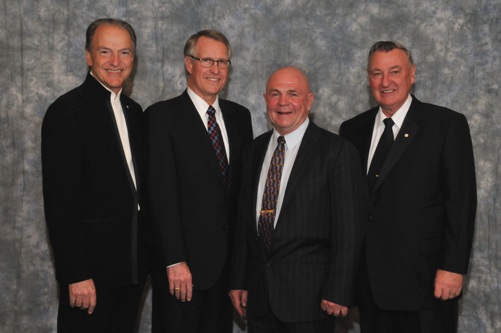http://www.miningweekly.com/page/americas-home
TORONTO (miningweekly.com) – The Alaska State Legislature has unanimously passed Senate Bill 99 (SB 99), which includes provisions authorising the Alaska Industrial Development and Export Authority (AIDEA) to make up to $270-million available for infrastructure and construction costs at two south-east Alaska mining projects.
The passing of the Bill provides TSX-V-listed Prince of Wales Island project developers Ucore Rare Metals and Heatherdale Resources with the state-backed financial boost needed to develop the deposits into mines amid an otherwise tight financial market.
Introduced by Senator Lesil McGuire in 2013, SB 99 also aims to clarify ambiguous language associated with the Sustainable Energy Transmission and Supply Development Fund within the AIDEA. The AIDEA is a public corporation created by Alaska lawmakers to promote economic development across the state, and has been active in the financing of multiple capital project initiatives in the Alaska mining sector since 1985.
The Delong Mountain Transportation System, a road and port facility connecting the isolated Red Dog mine to world markets, and the Skagway Ore Terminal, a south-east Alaska facility that ships about 37-million pounds of copper concentrates from Capstone Mining’s Minto mine, in Canada’s Yukon Territory, are examples of mining-related projects the authority has funded.

























